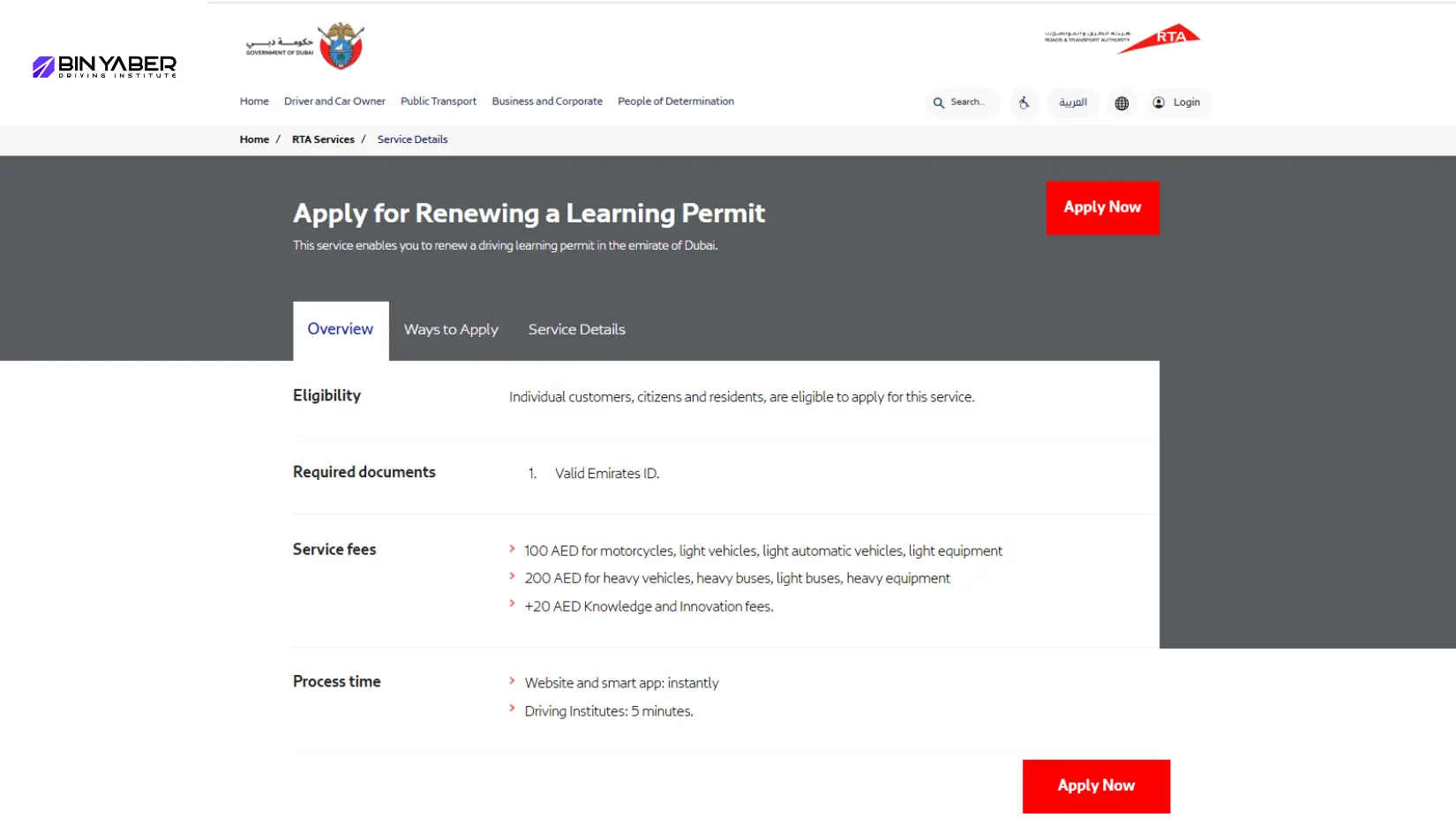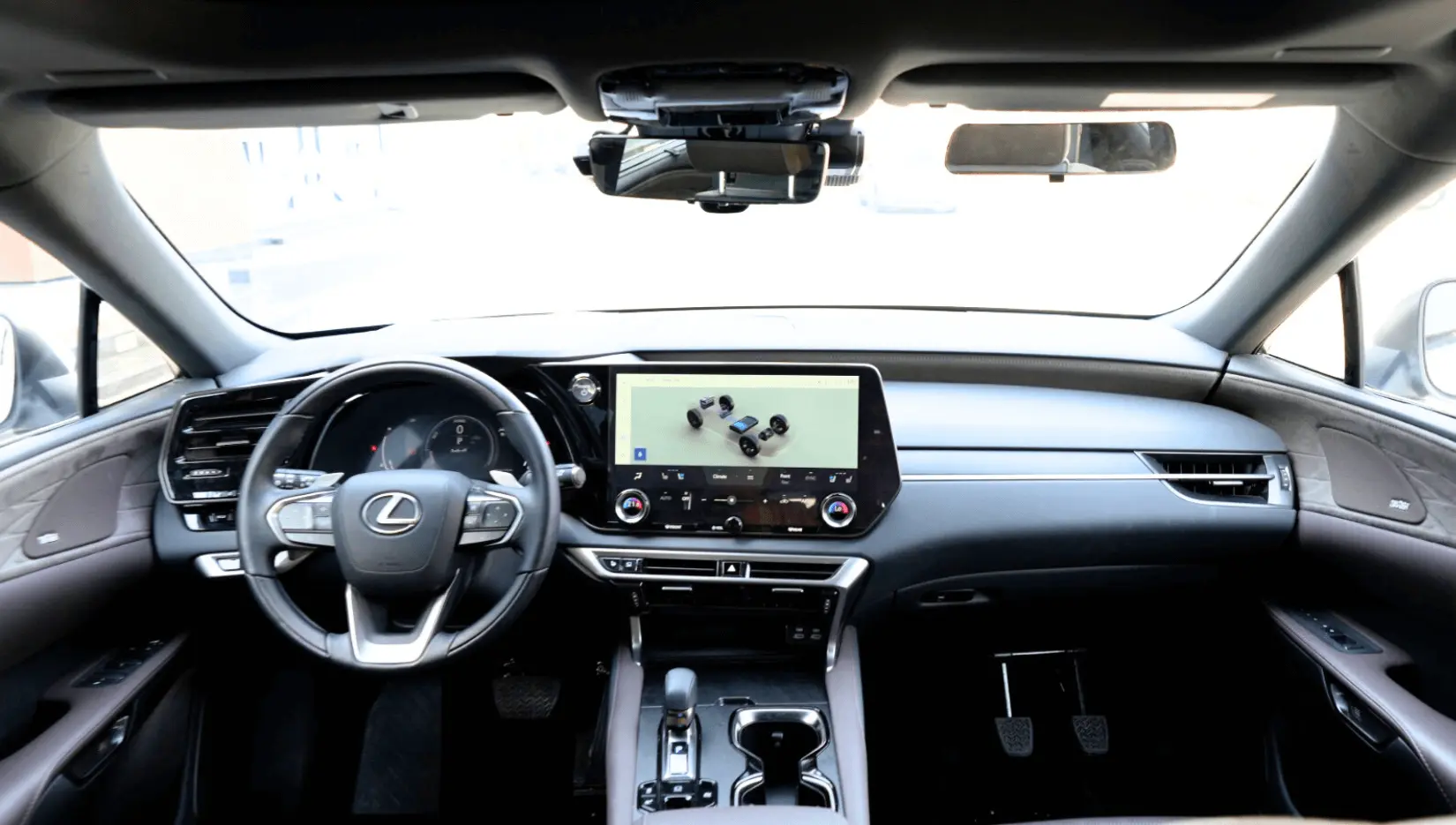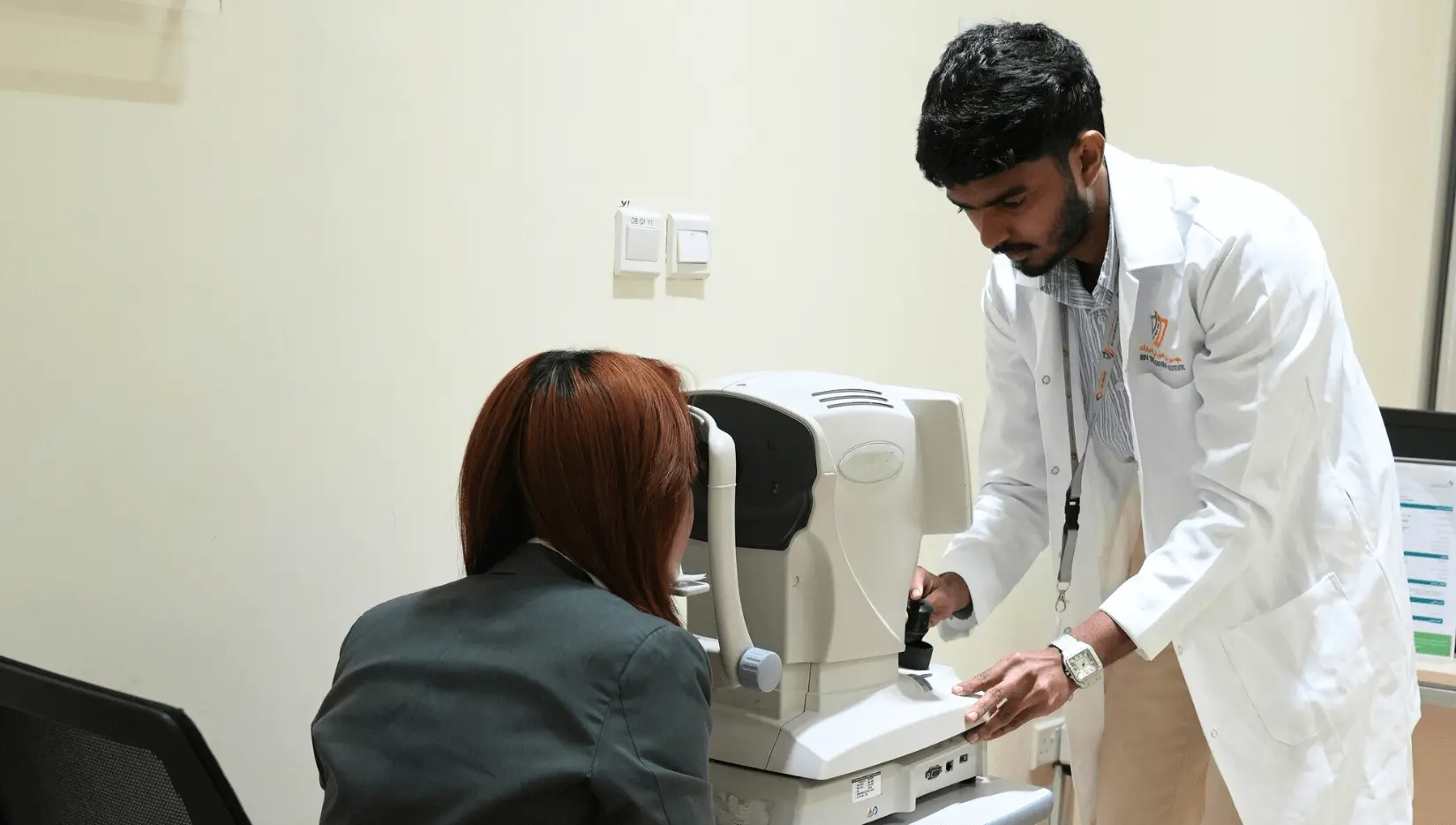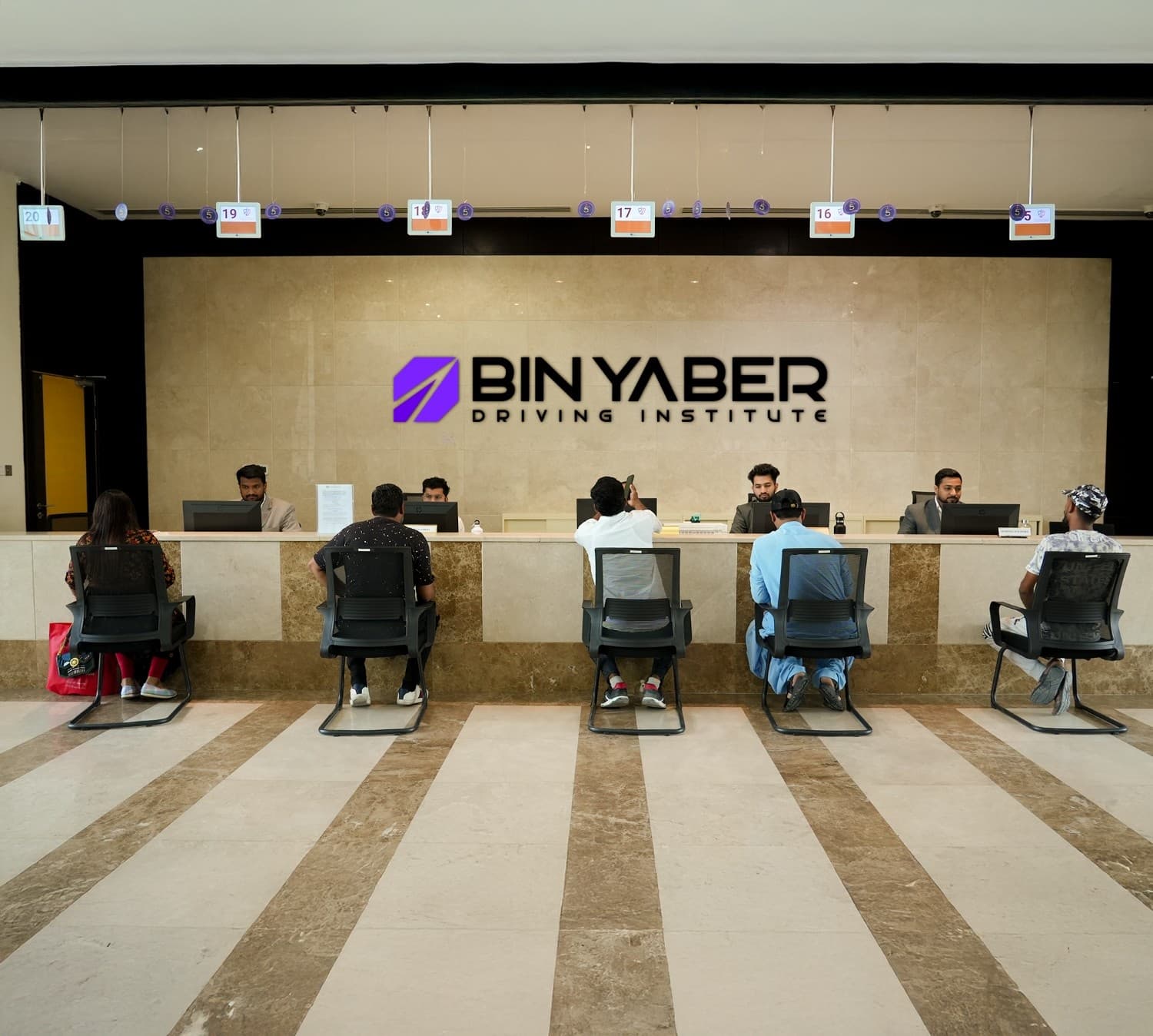How to Pass Your RTA Parking Test in First Attempt
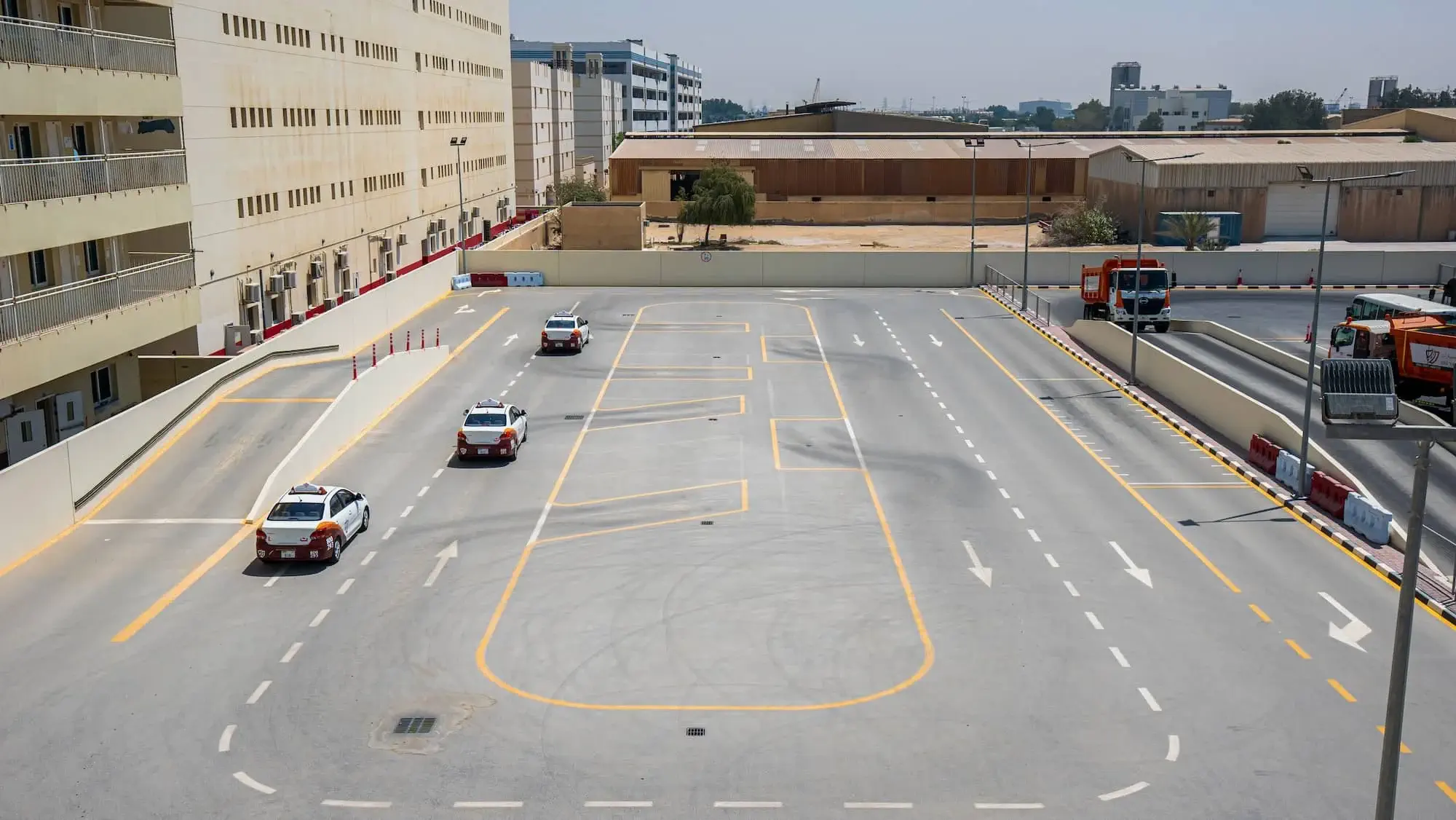
To get a driving license in Dubai, you must pass a series of examinations administered by the driving institute and RTA. You should definitely be aware of the challenges before taking these driving tests in the UAE; however, rest assured that with enough practice and proper guidance from a reputable driving school in the UAE, you will be able to pass your test on the first attempt.
First, you would need to pass the RTA Theory test followed by the RTA Parking test before you eventually show up for the RTA Road test.
Requirements and criteria for a successful RTA parking test
To pass the RTA parking test, you must demonstrate your abilities in parallel parking, garage parking, angle parking, slope, and emergency brake. Each of these are elaborated on below.
Parallel Parking
Parallel parking is a common parking technique where cars are parked parallel to the curb, typically on the side of a street. In Dubai, parallel parking is often required in urban areas where on-street parking is available. Drivers need to align their vehicles parallel to the curb and park between two other parked cars. It’s important to leave enough space for other vehicles and ensure that the car is positioned within designated parking areas.
Garage Parking
Garage parking refers to parking a vehicle within a designated parking space in a building or structure, often called a parking garage or car park. Dubai, being a modern city with many high-rise buildings, has numerous parking facilities, including underground and above-ground garages. Hence, garage parking is an important skill to acquire.
Angle Parking
Angle parking involves parking vehicles at an angle to the curb or parking line. This type of parking is commonly seen in parking lots, both outdoor and indoor. In Dubai, angle parking may be found in shopping centers, business districts, and other public areas. Drivers are required to approach the parking space at an angle and park their vehicles between the designated lines.
Slope
As the vehicle approaches a slope, the driver should first engage the brake to prevent rolling. Subsequently, the handbrake is applied to secure the vehicle’s position. To resume movement, the driver gradually releases the brake while simultaneously applying gentle acceleration. Once the vehicle starts moving forward, the handbrake is released to allow the vehicle to continue its ascent smoothly. This coordinated process ensures safe and controlled maneuvering on inclines, minimizing the risk of rolling backward or stalling.
Emergency Brake
During emergency braking manoeuvres, you are expected to execute the correct technique for coming to a standstill safely. The following behaviors are deemed incorrect and should be avoided:
- Applying pressure on the clutch before engaging the brake pedal, as this can lead to loss of control and ineffective braking.
- Simultaneously pressing the clutch and brake pedals, which can disrupt the braking process and compromise vehicle stability.
- Focusing on steering adjustments during emergency braking instead of prioritizing the braking action.
It’s important to note that while using mirrors is not obligatory during emergency braking, trainees should remain vigilant and maintain situational awareness to ensure a successful and safe maneuver.
RTA Parking Test Tips
The completely automated Dubai parking exam, often referred to as the Yard
test, is now called the Smart Yard test. You will administer the yard tests
in the smart yard test in the absence of the examiner. You’ll feel more
comfortable operating the automobile on your own after this. Additionally,
it prevents human mistakes.
All of the exams in the standard RTA parking test are covered in the Smart
Yard parking test.
To pass the RTA Smart Yard Parking Test in Dubai, keep the following tips in
mind:
- Understand the Test Requirements: Before attempting the Test, familiarize yourself with the test requirements provided by the RTA. Understand the criteria for successful parking, including accuracy, control, and safety.
- Practice Regularly: Spend ample time practicing parallel parking, angle parking, and perpendicular parking in various scenarios. The more you practice, the more confident and skilled you’ll become.
- Use Reference Points: Use reference points inside and outside the vehicle to gauge distance and alignment accurately. For example, use side mirrors, parking lines, and surrounding objects to guide your parking manoeuvres.
- Control Speed and Steering: Practice smooth and controlled steering movements while adjusting the vehicle’s speed appropriately. Avoid sudden accelerations or jerky movements, as they can affect your parking accuracy.
- Observe Surroundings: Maintain awareness of your surroundings while parking. Check for pedestrians, obstacles, and other vehicles to ensure safety during the parking manoeuvre.
- Maintain Control: Demonstrate control over the vehicle at all times, especially when manoeuvring into parking spaces. Maintain a steady speed, apply appropriate braking, and use the steering wheel smoothly to position the vehicle accurately.
Things to remember during the RTA Parking Test
Seat Belt
The first item on your to-do list as soon as you close the car door is to fasten your seat belt. This is a very important step to remember.
Mirror Check
Right after you ensure that your seat belt is fastened, proceed to check the mirrors. This includes checking all the mirrors.
Indicator
Do not forget to use the indicator. Use the indicator every time you are about to take a left turn or a right one.
Handbrake
Do not, under any circumstance, brake suddenly. Braking should be done smoothly, and your car needs to stop at a safe distance from the one in front of you.
Shoulder Check
Blind-spots are tricky and are not visible in mirrors. This is when you need to resort to the shoulder check. Do not forget to check the blind-spots when necessary.

